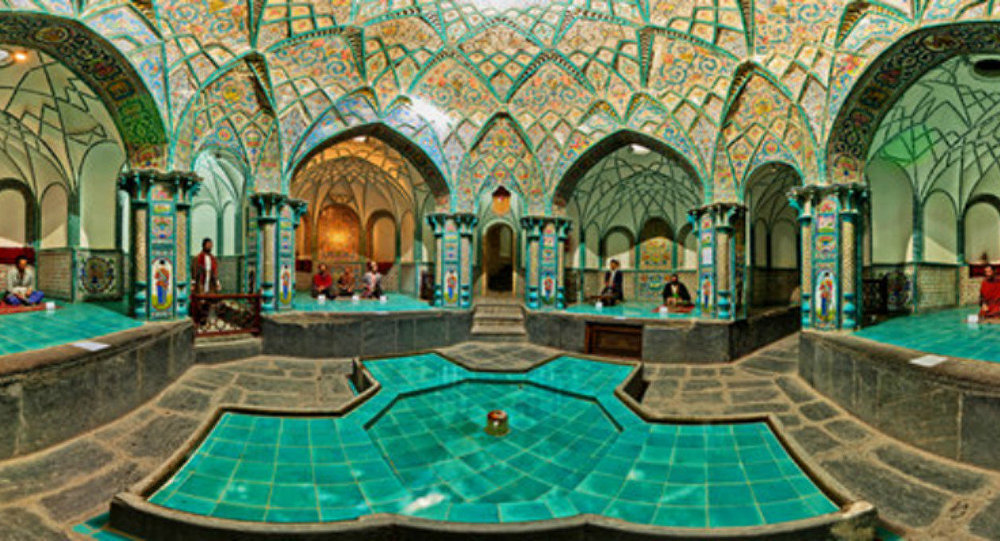OF THE
TIMES
7. The next pandemic will have a multipolarity angle to establish a fake binary Agree with that one! Multipolar is code name for global stake...
Who in their right mind wants to bring a child into this rotten world?
In the good ole days students could visit a teacher and nobody gave it a 2nd thought. Nowadays - seems some teachers are predators - but I reckon...
Most Subaru owners are tree-hugging libtards that will welcome such technology with open eyes 😉 besides, based on a long time observation, I rank...
Bricks in the wall. Not left alone though. Do the teachers not see themselves as proper peer-group mates? Or are they predatory?
To submit an article for publication, see our Submission Guidelines
Reader comments do not necessarily reflect the views of the volunteers, editors, and directors of SOTT.net or the Quantum Future Group.
Some icons on this site were created by: Afterglow, Aha-Soft, AntialiasFactory, artdesigner.lv, Artura, DailyOverview, Everaldo, GraphicsFuel, IconFactory, Iconka, IconShock, Icons-Land, i-love-icons, KDE-look.org, Klukeart, mugenb16, Map Icons Collection, PetshopBoxStudio, VisualPharm, wbeiruti, WebIconset
Powered by PikaJS 🐁 and In·Site
Original content © 2002-2024 by Sott.net/Signs of the Times. See: FAIR USE NOTICE

Reader Comments
to our Newsletter